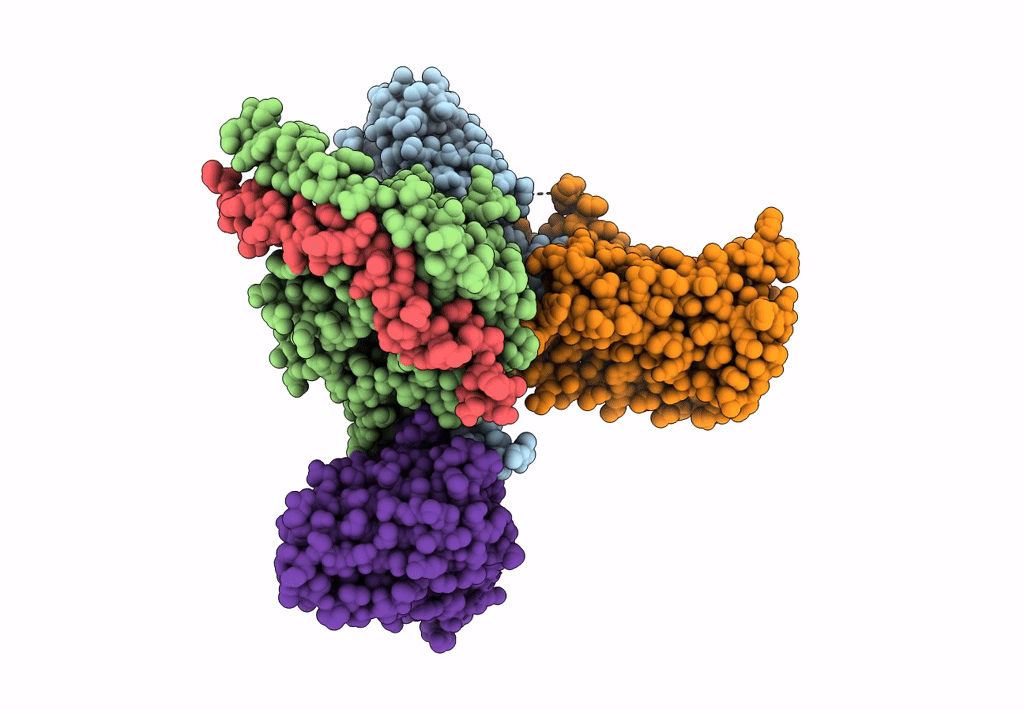
Deposition Date
2020-10-19
Release Date
2021-08-18
Last Version Date
2025-07-02
Entry Detail
Biological Source:
Source Organism:
Homo sapiens (Taxon ID: 9606)
Rattus rattus (Taxon ID: 10117)
Bos taurus (Taxon ID: 9913)
Mus musculus (Taxon ID: 10090)
Rattus rattus (Taxon ID: 10117)
Bos taurus (Taxon ID: 9913)
Mus musculus (Taxon ID: 10090)
Host Organism:
Method Details:
Experimental Method:
Resolution:
3.30 Å
Aggregation State:
PARTICLE
Reconstruction Method:
SINGLE PARTICLE


